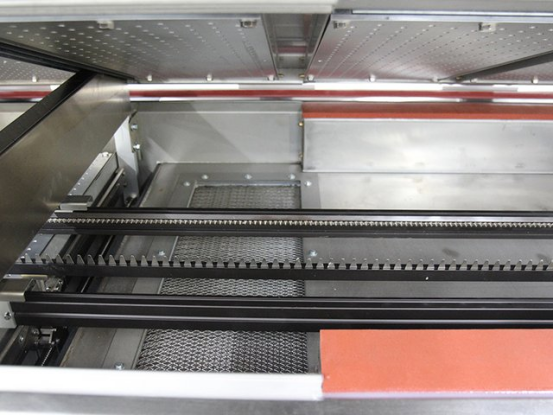How to set the reflow soldering temperature curve reasonably?
Release time:2024-06-24Publisher:Jeenoce
Reasonable setting of the reflow soldering temperature curve requires consideration of the following aspects:
1. Preheating stage:
Temperature rise rate: It is recommended not to exceed 3 ° C/s to prevent rapid temperature changes from causing solder paste collapse or bubble formation.
Reaching preheating temperature: usually between 70 ° C and 90 ° C, with the aim of gradually heating the PCB and components to reduce thermal shock.
2. Insulation stage:
The temperature is maintained near the preheating temperature for a period of time (usually 2 to 5 minutes) to ensure uniform temperature of the PCB and components.

3. Reflow stage:
The temperature rapidly rises to the peak temperature, but does not exceed a heating rate of 3 ° C/s.
The peak temperature of lead-free soldering is usually between 245 ° C and 260 ° C, depending on the type of lead-free solder paste used and the recommended value of the equipment.
4. Cooling stage:
Rapid cooling to achieve good welding strength and appearance, with no strict restrictions on cooling rate, but to avoid thermal shock to components caused by rapid cooling.
5. Final cooling stage:
The temperature drops to room temperature, and there is no need for special control during this stage. Natural cooling is sufficient.
The entire reflow soldering temperature curve should ensure that the solder paste can melt uniformly, forming good solder joints, while avoiding excessive thermal stress on PCBs and components. In order to achieve the best effect, the setting of the reflow soldering temperature curve should be adjusted according to the actual situation, and can be optimized based on the welding effect during the production process.

